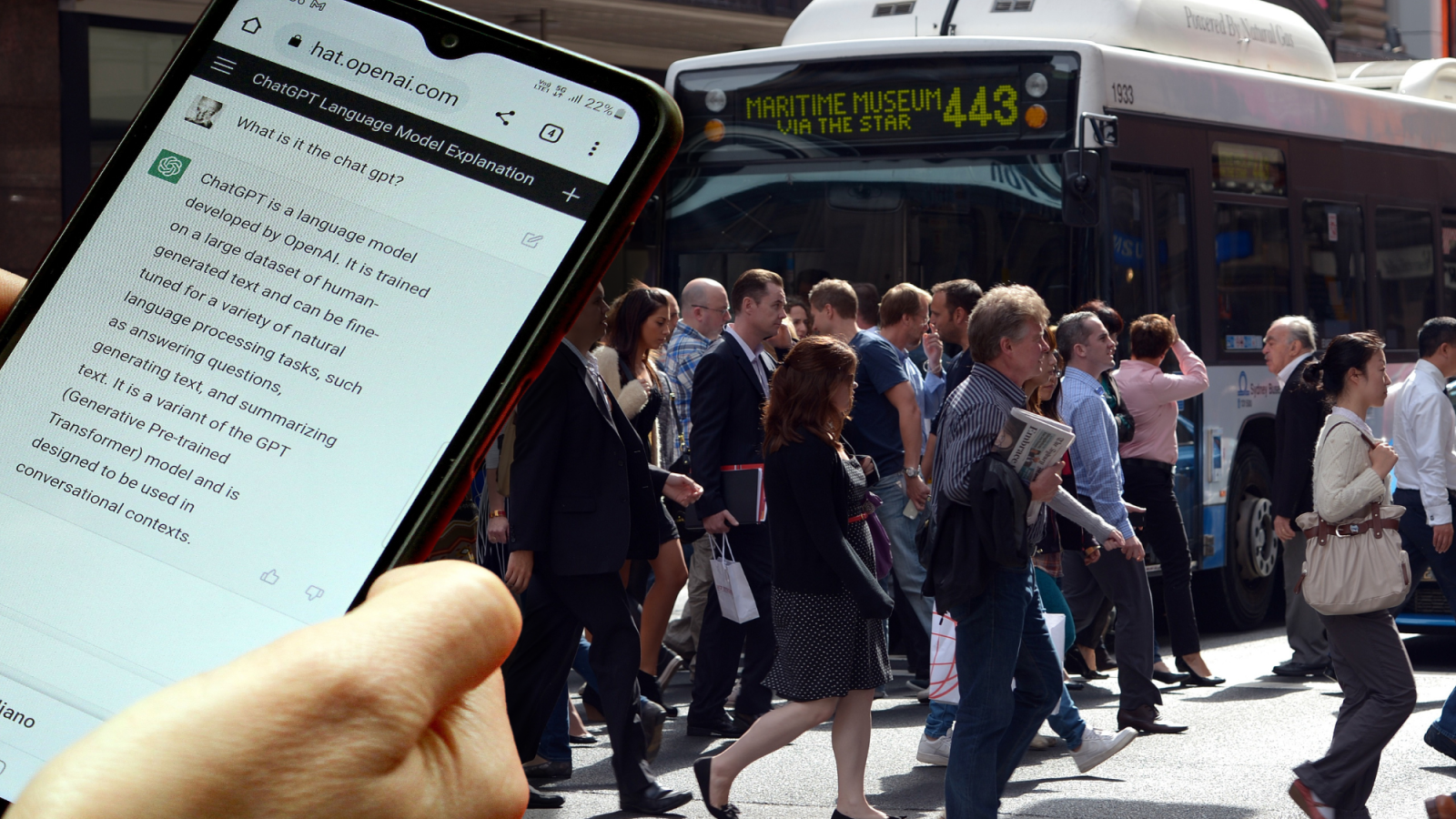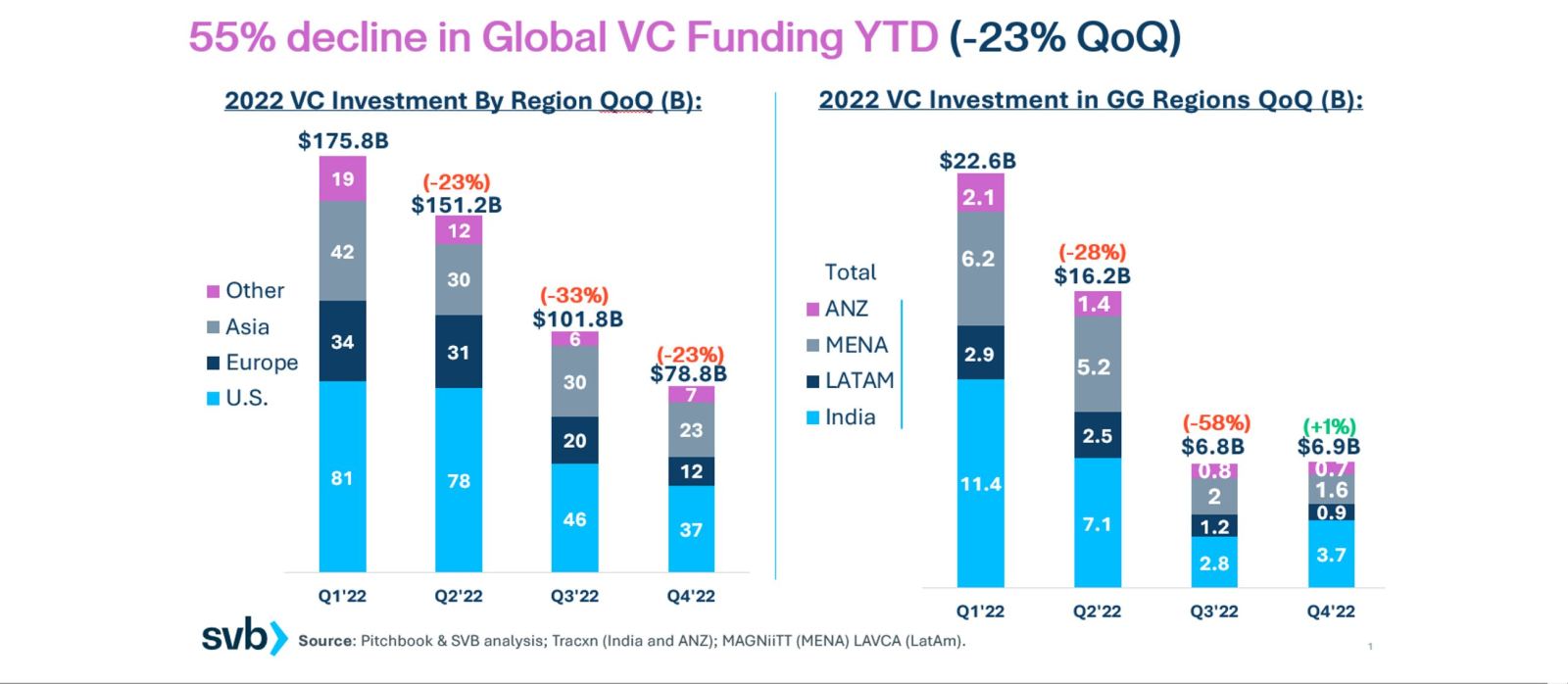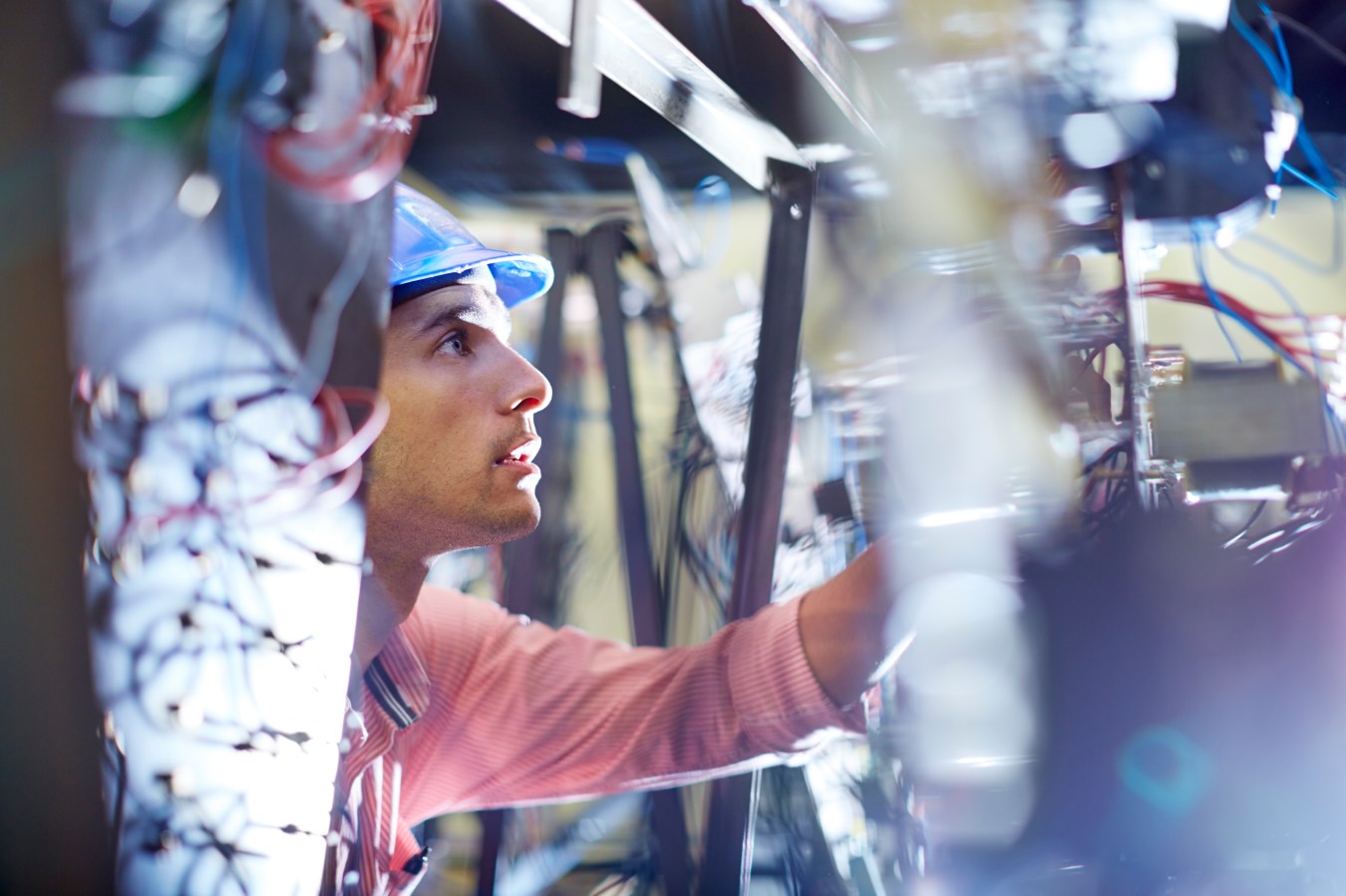In the days before Wi-Fi and co-working spaces, launching a start-up in Australia was virtually impossible. This podcast describes how quickly things have changed.
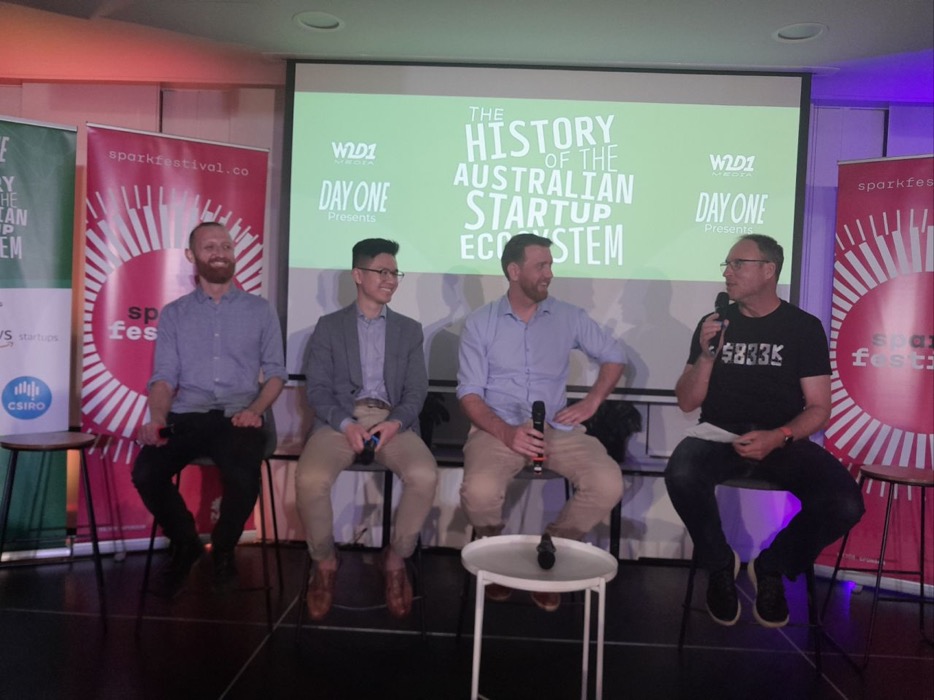
Australia’s tech sector is now the nation’s third-largest industry after mining and banking and in 2020-21 it contributed $167 billion to the economy. The sector’s contribution to gross domestic product (GDP) since 2016 has grown by more than 80%, which is four times higher than the average growth rate in other industries.
Technology is now recognised as a pillar of Australia’s economy, but it was a different story back in 1997 when Alan Jones started working for Yahoo. He was only the second full-time employee hired by the American web services provider in Australia, and the 119th globally.
Back then most people had never used a search engine, so Jones and his team had a hard time convincing Australian companies to do business with Yahoo.
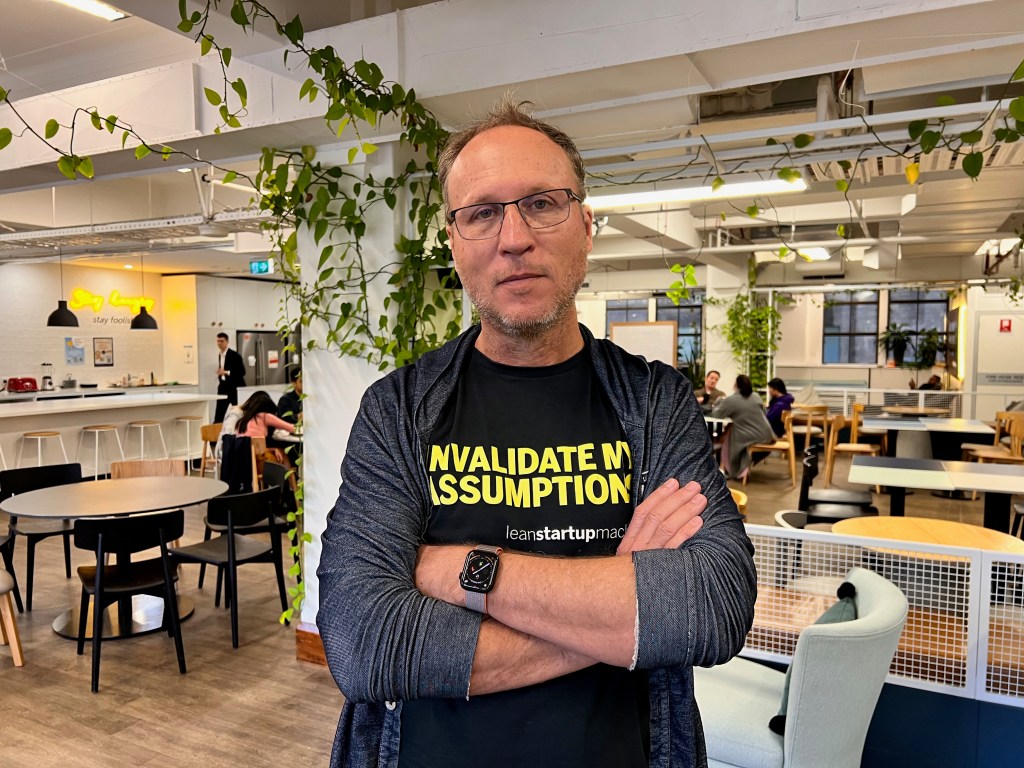
“I remember going with Yahoo’s Asia Pacific Vice President to a meeting with a huge media business. We tried to tell them that the internet was going to change their business and that they should partner with us. They just laughed and refused to meet us a second time.”
However, it was Jones who had the last laugh. After just one year with Yahoo, his stocks in the company were valued at a million dollars. He bought a house in Sydney entirely with cash and remained with the company for five years.
Jones is a guest on a podcast called The History of the Australian Start-up Ecosystem, which features interviews with 150 founders about the birth of Australia’s tech ecosystem.
Among them is former prime minister Malcolm Turnbull, who shares an anecdote similar to Jones’ about the difficulty of convincing anyone to get excited about the world wide web. He recalls how Kerry Packer turned down his offer to invest in OzEmail when Turnbull was chairman, saying the internet was a fad that would only be used for gambling and pornography. Turnbull sold OzEmail for $57 million in 1999 after buying it for $500,000 six years earlier.
The podcast is hosted by Adam Spencer and major sponsors include MYOB, AWS Startups, CSIRO and Investment NSW.

“Australia’s start-up ecosystem is now so complicated and so huge, but how did it start? I wanted to go back to day one,” says Spencer.
He says that it wasn’t until 2012 that Australia’s tech ecosystem was born. Prior to that, the costs of beginning a start-up were prohibitive. There was no such thing as a co-working space, and renting an office was costly, as were internet connections.
Jones remembers how the handful of Yahoo employees worked side-by-side in a single meeting room in Sydney.
“This was before Wi-Fi, so everybody had an ethernet cable. We’d be tripping over them all day long,” he says. “We had laptops, which was very advanced technology at the time – and it was lucky we did because the great big PC monitors wouldn’t have fit in that crappy little meeting room.”
Then began the ‘Jelly movement,’ which were informal coworking sessions. The purpose was not to find new customers but to share a workspace and bounce ideas off one another.
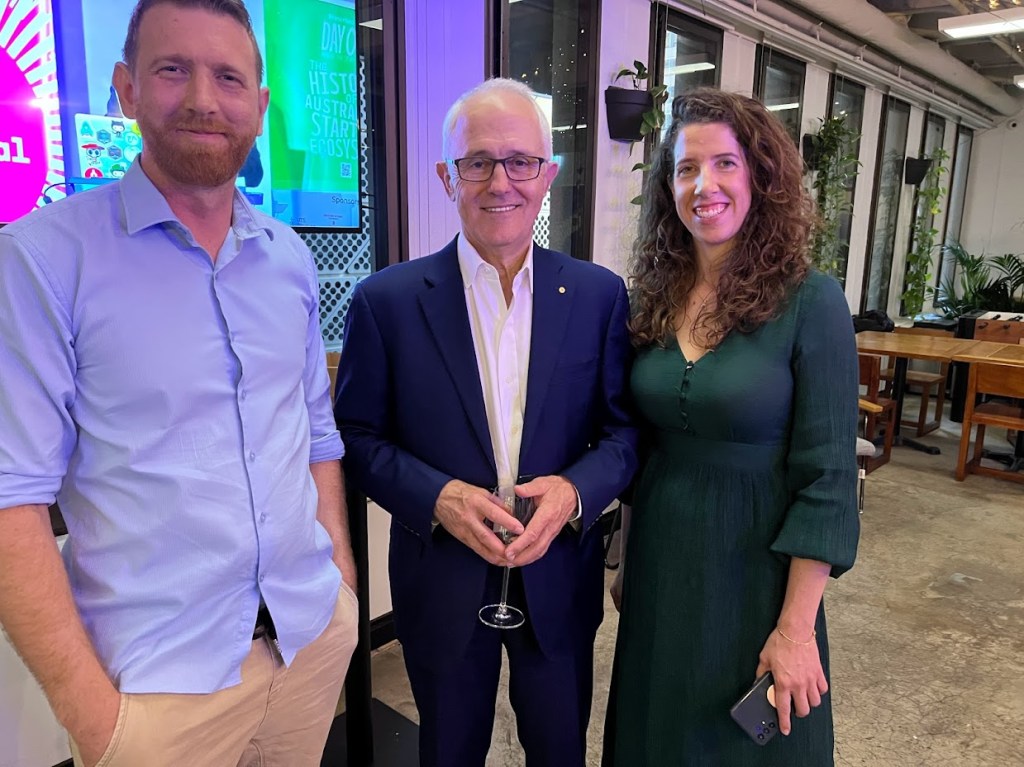
“It was kind of like an open office where other people working in tech or on their own startup would come and work in your office for the day. And you might host a mini workshop or something,” says Jones.
This became permanent with the opening of Australia’s first coworking space in 2000, which had the unusual name of Project Hollywood.
“They found the most cockroach-ridden, fire hazard of a space in Ultimo and that’s the way it remained for many years, because nobody really cared,” says Jones, who loved going there.
Wi-Fi became accessible around 2002, when Project Hollywood was renamed Fishburners and became Australia’s first premier coworking space. Founders outside of Sydney often met in cafes and pubs.
“My guests from other states and in capital cities will hate me saying this, but Sydney was kind of the epicentre in the early days,” says Spencer.
“Most people of my generation are absolutely gob smacked by how rapidly the tech industry has grown in Australia and how many success stories we have.”
– Alan Jones
Jones became interim CEO of Fishburners last year after a decade of involvement as a mentor and angel investor to many of the start-ups that formed there.
“I was part of that early dot-com boom and it had life-changing financial outcomes for me,” says Jones. “I could have retired at the age of 32 but I’m an entrepreneur. I wanted to be part of the tech startup community and help other people.”
Jones has enjoyed seeing Australia come into its own on the global stage of tech innovations.
“That first generation of founders were underdogs,” he says. “They were exposed to what was going on in Silicon Valley and many of the early ideas were knockoffs of something from the US. Now we have all these amazing examples of success, like Atlassian, Canva, AirTasker and CultureAmp.”
Related content
The advent of the iPhone and online startup communities forming on social media platforms propelled the growth of the tech ecosystem in Australia. Members of the affectionately named ‘Australian mafia’ in Silicon Valley also began to return home from around 2012, and shared their expertise and capital with a new generation of founders.
The establishment of tech conferences like Spark Festival by Maria MacNamara (who now works for IBM’s Kyndryl) and StartCon by Cheryl Mack also helped connections to form. Venture funds like Blackbird and AirTree made a dramatic difference to accessing capital, and superannuation funds are making up a significant part of the total. Software-as-a-service companies have reduced start-up costs for founders.
“AWS made it possible to create a startup for $20,000 instead of a million bucks, because you could hire servers instead of purchasing them,” explains Spencer.
He says that it is easier than ever to launch a startup – which is why it is also more competitive than ever. Getting noticed takes a great deal of work.
Spencer also believes that Australia’s tech ecosystem has a diversity problem: the majority of founders are still men.
“There’s a well-known statistic that just 3% of capital goes to solo female founders,” says Spencer. “There is much to be done in terms of diversity, which is why our next podcast series will spotlight 150 underrepresented founders. It launches in May.”
Jones is upbeat about the future of Australia’s tech ecosystem, while also champing at the bit for it to mature further.
“Most people of my generation are absolutely gob smacked by how rapidly the tech industry has grown in Australia and how many success stories we have,” he says.
“However, the flipside to that is the feeling that most of Australia still doesn’t get it and we’re banging our head against the wall. For every problem that we solve, there’s another new challenge that arises.”
